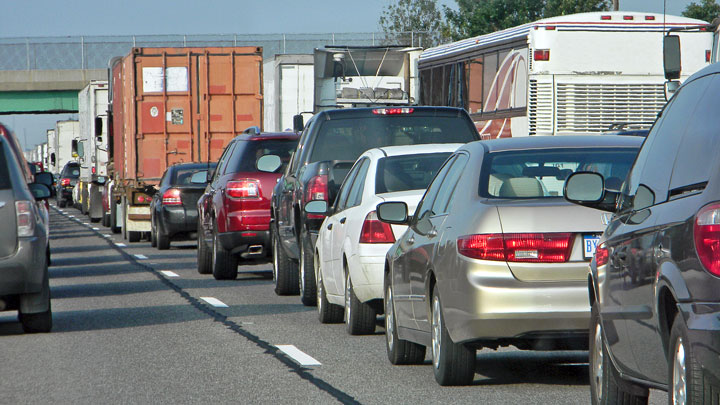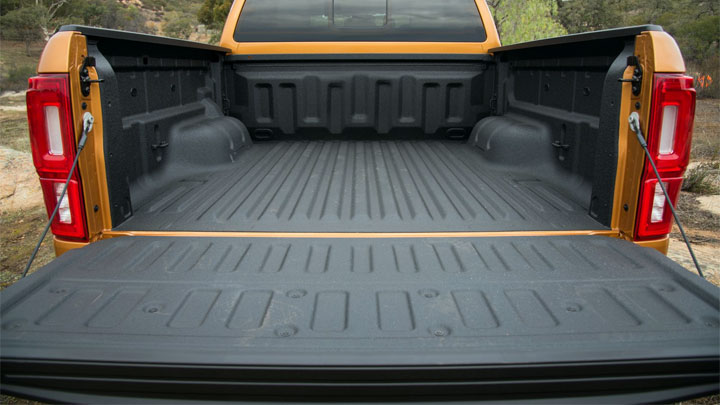Last Updated on September 17, 2021
Whether you’re trying to save a few bucks at the pump or emit a few less hydrocarbons, everyone is looking for ways to use less fuel.
While we all know that idling uses fuel, most of us aren’t quite sure how much it uses or what that means for our wallets.
So, we took the time to dig into the numbers – and what we found might surprise you.
Average Fuel Consumption While Idling

According to the South Carolina Department of Health and Environmental Control, idling uses 1/2 a gallon of fuel per hour. Of course, that depends in large part on what you drive.
If you drive a Prius, you’re going to burn less fuel than if you’re idling a Duramax diesel.
Still, it’s only half a gallon of gas for a FULL hour of idling – that can’t add up to much unless you’re leaving your car idling for hours, right? Wrong. That’s because idling is more than just leaving your car running in your parking lot or driveway.
Every time you’re at a stoplight, stuck in traffic, in a fast food drive through, or waiting your turn at a stop sign, your vehicle is idling. According to AAA and Yahoo, Americans spend 58.6 hours per year idling at stoplights alone!
That’s just over 29 gallons of fuel per year wasted. Even at $2 per gallon, that’s almost $60 per year burned at stoplights alone! Add in all the different ways your vehicle is idling and you’re talking a lot of money wasted.
See Also: Proper Air/Fuel Ratios When Idling, Starting, and Accelerating
Diesel vs. Gas Engines
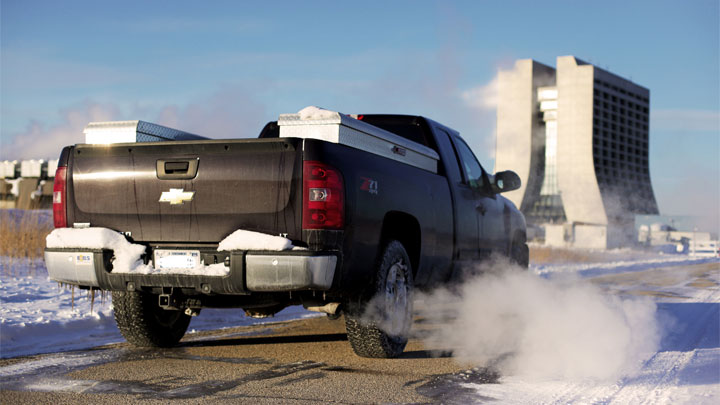
When it comes to driving, there are tons of different kinds of fuel to go around. The two most common are diesel and gas – but which one is better for saving fuel while idling?
There’s no getting around it – diesel engines are dirty. While the average engine burns ½ gallon per hour while idling, the average diesel engine burns 0.8 gallons of fuel per hour while idling.
So, if you’re looking for a green vehicle – diesel-powered ones aren’t the way to go. However, even a traditional gas engine can’t compete with some of the other options out there.
Ways to Reduce Idling Fuel Consumption
While the easiest way to reduce idling fuel consumption is to reduce your vehicle’s engine size, there are other options available that are even better choices.
Related: 15 Causes of Bad Gas Mileage
#1 – Auto Start-Stop Vehicles
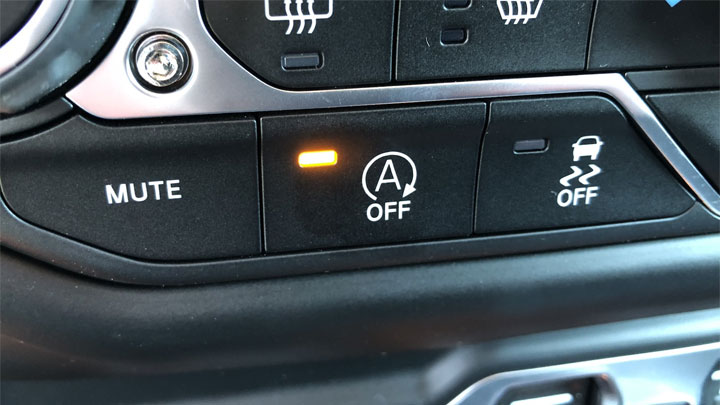
If you’re looking to reduce the amount of fuel used while idling, what better option is there than to have a vehicle that shuts off the engine every time you’re idling? That’s precisely what vehicle’s equipped with automatic start-stop technology do.
Critics of start-stop vehicles point to the starter motor and claim that it’s going to burn out sooner – transferring all your savings from fuel straight to parts.
While it’s true that a traditional starter would burn out if you put it in a start-stop vehicle, the starter’s in these vehicles can more than handle the extra use.
They implement new technology, improved designs, and more. These starters won’t last just as long as a traditional starter – they’ll last even longer.
#2 – Hybrids and All-Electric Vehicles
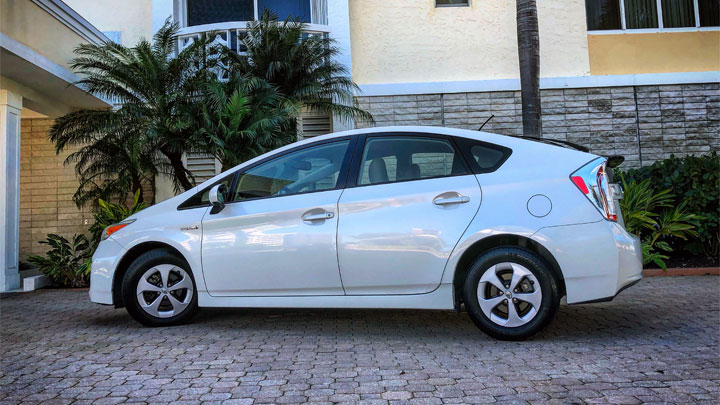
If your primary goal is reduced fuel consumption, the best way to do it is to find a way to drive your vehicle without fuel. While this used to be nothing more than a pipedream, recent innovations have turned those dreams into a reality.
Hybrid vehicles switch between a conventional internal combustion engine and an electric motor to propel your vehicle. As long as your vehicle has a sufficiently charged hybrid battery charged when you’re idling, the electric motor will be in charge – which means no wasted fuel!
An even better option for fuel economy is an all-electric vehicle like the Tesla. Idling is no different than driving – no wasted fuel!
#3 – Turn Off the A/C!

Not everyone can afford to buy a new hybrid or all-electric vehicle, and sometimes you need that large truck to get the job done. But that doesn’t mean there isn’t something that you can do to reduce the amount of fuel you’re using while idling.
The most significant thing you can do to reduce the amount of fuel you waste while idling is to turn off the A/C. When you leave your air conditioning on, your vehicle uses between 8 and 10 percent more fuel.
While it’s true that driving with your windows down will decrease your fuel efficiency as well, this obviously doesn’t matter while you’re idling!
This makes it easier to reduce your fuel economy in the winter when you don’t need your A/C anyway!

